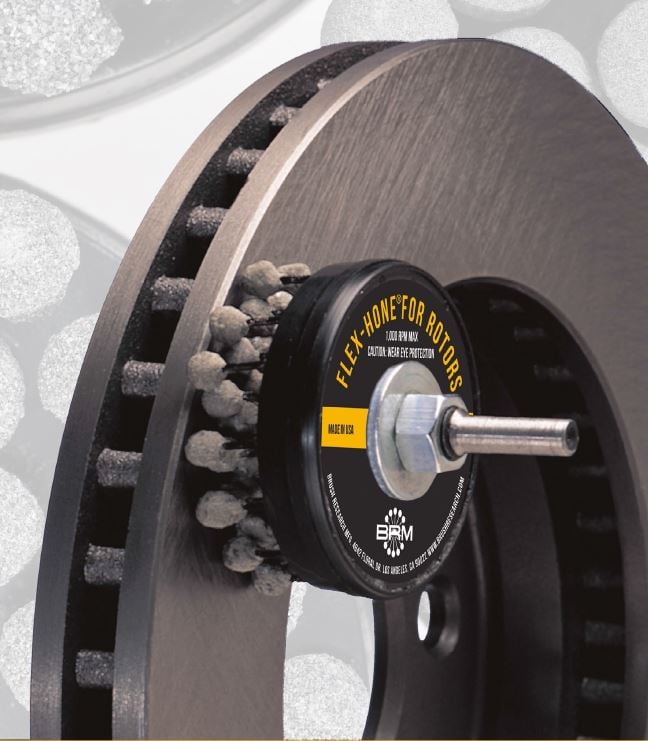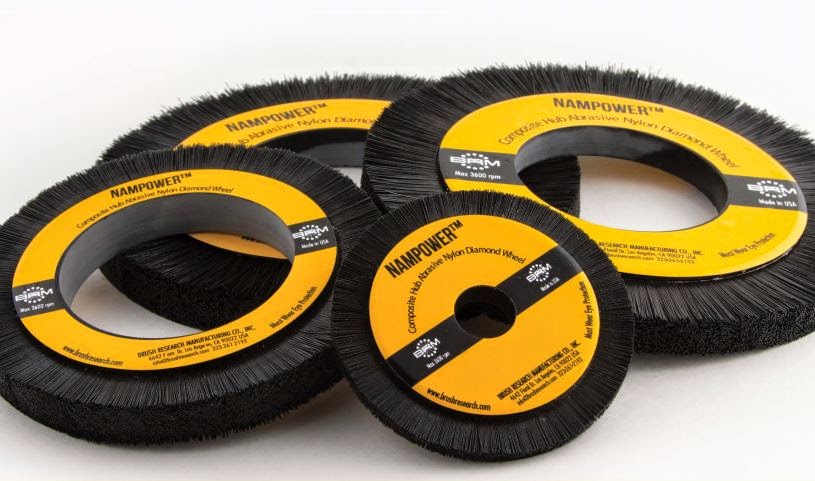Handgun maintenance helps keep revolvers and pistols at peak performance. Handgun cylinders need a smooth, clean finish that’s free from build-ups of primer, gun powder, and ammunition casing materials. Tool marks that can promote fouling and corrosion also require removal.
Flex-Hone® for Firearms tools remove surface irregularities and impart a surface finish that holds lubrication better. Smoother, cleaner cylinders are less prone to misfeeds, stove pipes, and misfires. Plus, BRM's gun tools keep the bores of your firearms at the precise dimensions required.
How can Flex-Hone® for Firearms tools help solve your handgun maintenance challenges? As owners of M1911 and M1917 handguns attest, flexible honing gets great results.


















